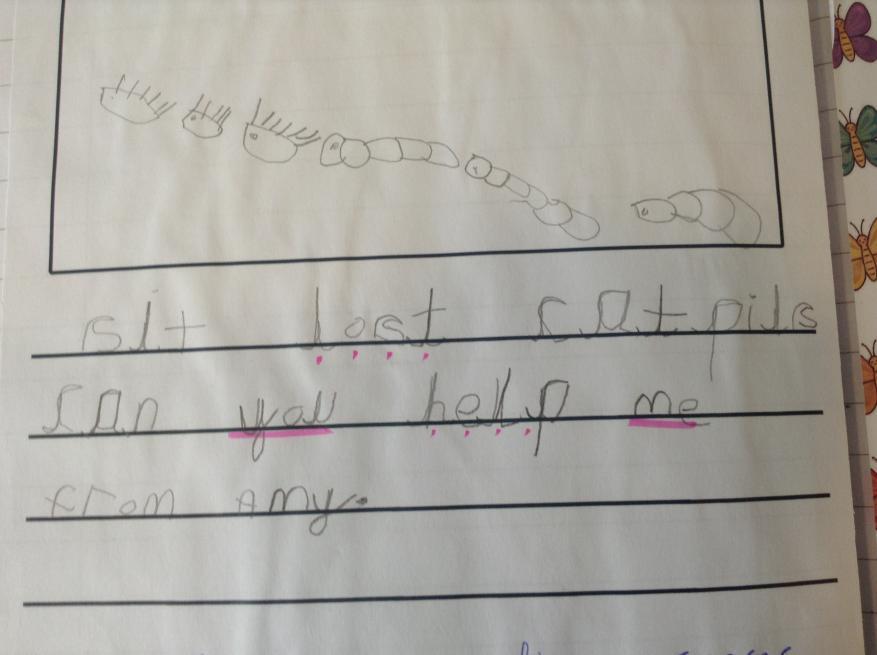

EYFS early reading and phonics



https://www.ruthmiskin.com/en/find-out-more/parents/





EYFS early reading and phonics



https://www.ruthmiskin.com/en/find-out-more/parents/


• These are the set 1 sounds.

• We will start learning these sounds in September and learn a sound a day.
• We also focus on words that start with that sound encouraging children to listen to the initial sound. Eg m – mat mum monkey mop

• https://www.youtube.com/watch ?v=TkXcabDUg7Q
• Special friends are sounds that contain two or more letters.

• Digraph (two sounds) Trigraph (three sounds)
• sh, th, ch, qu, ng, nk
• These sounds can be at the beginning, middle or end of a word.
• Children can struggle to recognise these sounds in a word at first. Eg in fish they might sound f-i-s-h rather than f-i-sh

Green words are words that can be phonically decoded

We teach the children to read these words by segmenting the individual sounds and then blending them together m-a-d = mad
Once the children are confident blending the sounds we encourage Fred in your Head. This is were the children will segment the sounds in their head and then just say the word out loud. This encourages fluency.


Red words are words that cannot be decoded.
These words cannot be segmented and are just learnt by sight.

“You can’t Fred a red”

Set 1 sounds – correct pronunciation (online support)
Children learn individual sounds first. They then learn what ‘special friends’ are.
The first stage of reading is hearing initial sounds in words. (I spy game)
Then we move on to VC words e.g in, at, on etc.
Followed by CVC words e.g cat, dog, sat
Once secure blending CVC words we move onto simple sentences
Green words - segmenting and blending
Red words - reading by sight



We will start to learn set 2 sounds in Spring term once the children are secure with set 1 sounds. Set 2 sounds are all special friends and each have a little rhyme to remember them by.
Once your child is secure reading set 1 sound sentences fluently, they will start to get reading books containing these sounds. https://www.youtube.com/watch?v=p7hRbrpq5B

TITLE OF DOCUMENT
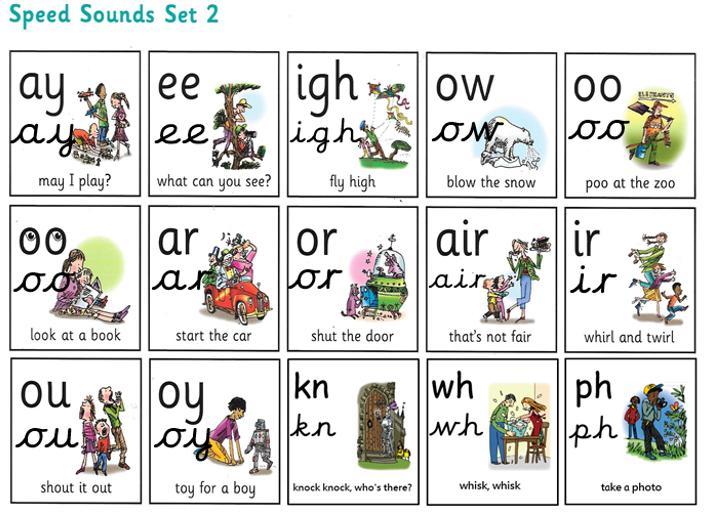









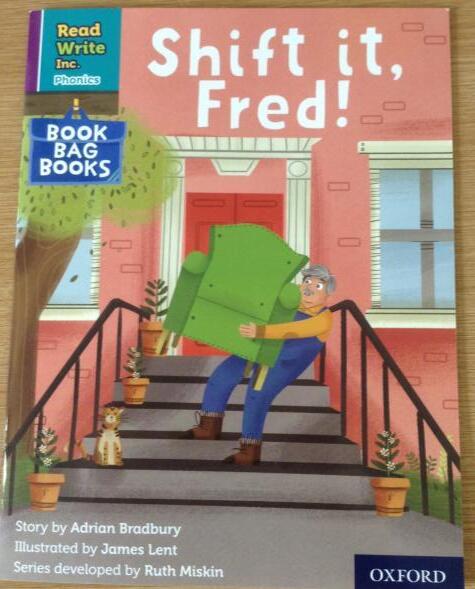
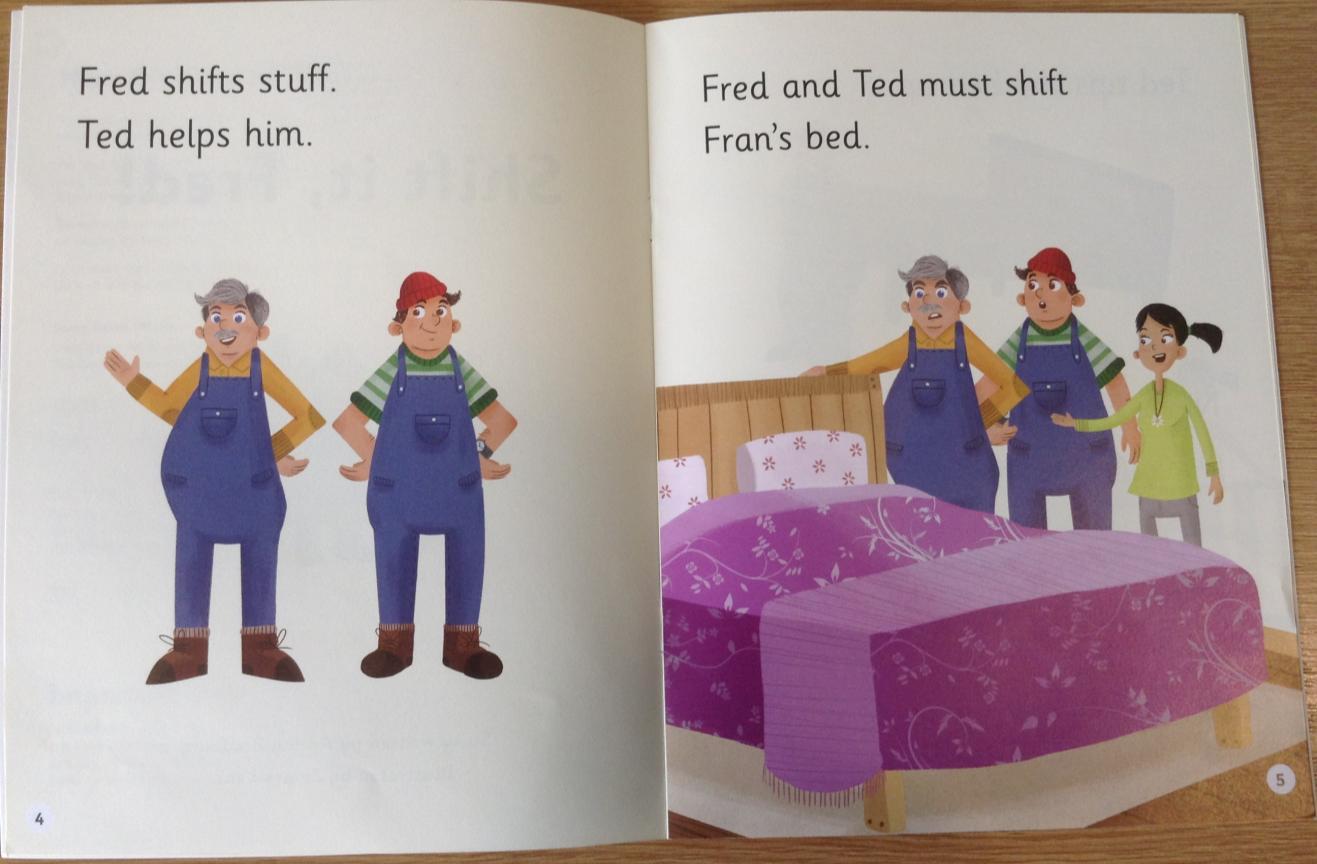



To be on track at Christmas children should be able to segment and blend CVC words, accurately and consistently. They will start to read and understand simple sentences. They will have started red books. They will be secure with set 1 sounds.


To be on track at Easter children should be able to read and understand simple sentences. They will have started set 2 phonic sounds.
Children can recognise special friends within words e.g shop/book.
They will start to recognise common high frequency (HFW) without sounding out e.g it, the, got, was Reading should start to become more fluent and less robotic.
Children should be reading texts more fluently and not sounding out every word.
Children will start to learn other reading strategies to support with unfamiliar words.


To be on track at the end of the year children should be able to show an understanding of what they have read.
Children will be able to use and apply new vocabulary from their texts.
Children will be able to apply a wide range of reading strategies for unfamiliar/non-decodable words
Children will be blending words with more than one syllable.
Children will be reading green or purple RWI texts confidently.
Children should read 3 times a week with a comment in their reading book or online using Boom reader. We give out 3 dojo points to everyone who has 3 comments in their reading record over a week.
Key words – pick 3 words to practise each week.
Sharing stories together. Let children listen to you model good reading. Let them point out any words they know.
Read a range of fiction and non fiction books - make reading enjoyable!

Any further support needed please see your child’s class teacher.

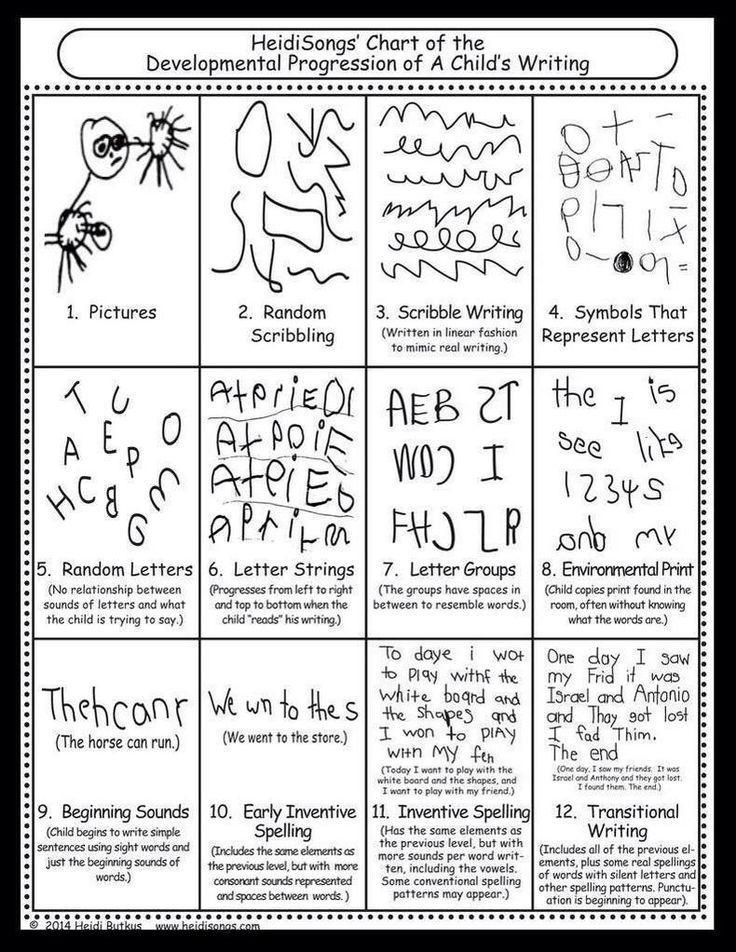
Gross motor - physical activity, riding a bike, large scale mark making-using chalk to draw outdoors, building and balancing

Fine motor - picking small objects up with tweezers/pegs, play dough, scissor skills
Children need the opportunity to draw and colour at home.


Whiteboards are a great tool for children to practise marks/formation.
Letter join app - log in details will be provided in reading records.

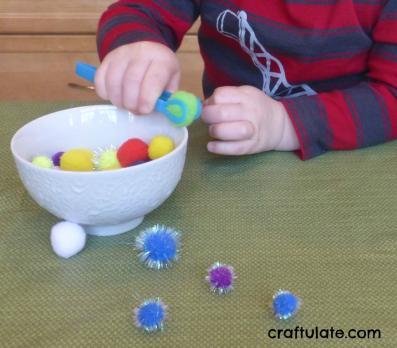
OF DOCUMENT


OF DOCUMENT
• We focus on teaching children to form letters correctly. We also look at forming the letters consistent in size and sitting the letters correctly on the line.

• We focus on modelling writing using the correct pencil grip.
• We start by writing individual words, labels and captions and then build up to writing simple sentences using finger spaces and a full stop.
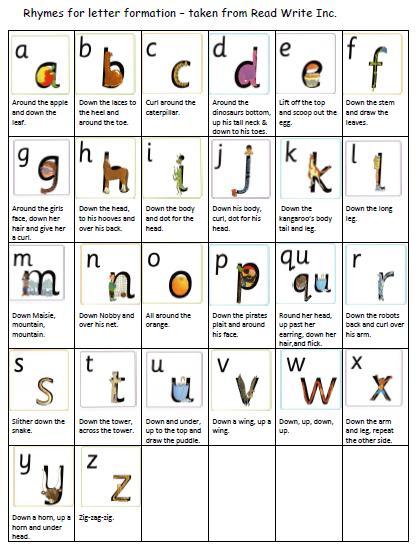
TITLE OF DOCUMENT

OF DOCUMENT

• Once your child is secure at forming their letters correctly, are consistent in size and can form letters on the line, we will move to teaching writing letters with lead ins and lead outs.

• This is an example of how each individual letter looks with a lead in and lead out. This will support your child in beginning to join up their handwriting in Year 2.

• We used Fred fingers to segment the sounds in words to help us write them.
• We listen to how may sounds we can hear then hold that many fingers up.
• We pinch each finger as we say a sound





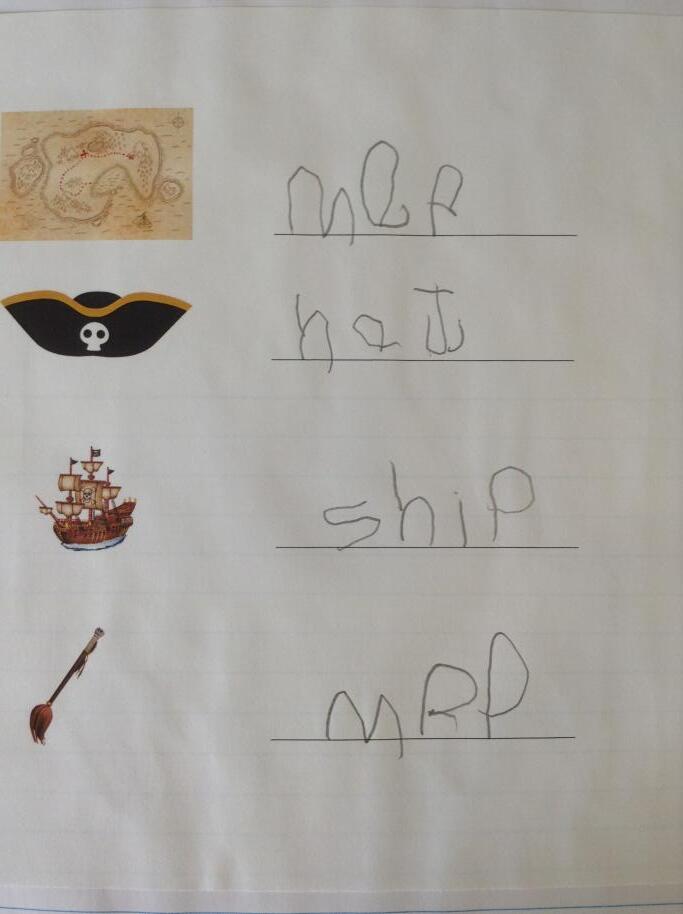
TITLE OF DOCUMENT






TITLE OF DOCUMENT


TITLE OF DOCUMENT
